
- Shandong Loyal Industrial Co.,Ltd.
- SHORT-CUT PASTA PRODUCTION LINE LONG-CUT PASTA PRODUCTION LINE INSTANT PASTA PRODUCTION LINE
Home> Application> Elevating Efficiency: The Role of Fully Automatic Pasta Manufacturing Machines in Energy Conservation

Elevating Efficiency: The Role of Fully Automatic Pasta Manufacturing Machines in Energy Conservation
Elevating Efficiency: The Role of Fully Automatic Pasta Manufacturing Machines in Energy Conservation
Introduction of Pasta Processing Equipment
Shandong Loyal Industrial Co., Ltd. has incorporated advanced technologies from TECHNOPAST and GEA in the production of its macaroni.In the dynamic landscape of food production, the fully automatic pasta manufacturing machine emerges as a beacon of efficiency and energy conservation. This introduction establishes the significance of these machines in addressing the industry's need for optimal efficiency while conserving energy. We'll delve into the transformative role these machines play in shaping the future of pasta production.
Understanding Fully Automatic Pasta Manufacturing Machines
Embark on an insightful journey into the heart of fully automatic pasta manufacturing machines. Explore the components and cutting-edge technologies driving full automation. This section unveils the transformative impact of fully automatic systems, setting the stage for a comprehensive understanding of their role in overall production efficiency.
Fully automatic pasta manufacturing machines represent a technological pinnacle in the realm of food production. At their core, these machines encompass a sophisticated integration of components and innovations that redefine the efficiency standards in pasta manufacturing. The components, ranging from mixing and kneading mechanisms to extrusion and drying processes, work seamlessly in a synchronized dance, eliminating the need for extensive human intervention.
The cutting-edge technologies powering these machines go beyond mere automation; they embody a fusion of precision engineering and intelligent control systems. Real-time monitoring ensures that each step in the pasta production process is optimized for efficiency. Adaptive controls allow the system to adjust parameters on-the-fly, responding to variations in raw materials or production demands. This level of sophistication not only enhances efficiency but also plays a pivotal role in achieving energy conservation throughout the entire manufacturing cycle.
Technological Advancements: Paving the Way for Efficiency
Discover the technological marvels propelling the efficiency of fully automatic pasta manufacturing machines. From real-time monitoring to adaptive controls, we'll explore the innovations that contribute to increased efficiency and energy conservation. This section establishes a crucial link between technology and the machine's ability to elevate efficiency.
Technological advancements in fully automatic pasta manufacturing machines are at the forefront of revolutionizing the industry. Real-time monitoring capabilities provide operators with an unprecedented level of control and insight into the production process. This not only ensures the quality and consistency of the final product but also allows for immediate adjustments to optimize efficiency and minimize waste.
Adaptive controls, another cornerstone of these technological marvels, enable the system to adapt to varying conditions seamlessly. Whether accommodating different types of pasta, adjusting to changes in raw material properties, or optimizing production speed based on demand, these adaptive controls contribute significantly to achieving and sustaining high efficiency. The result is a pasta manufacturing process that operates with precision and flexibility, ultimately reducing energy consumption and environmental impact.
Innovative Features for Efficiency Optimization
Dive deep into the innovative features integrated into fully automatic pasta manufacturing machines. Precision controls, advanced materials, and streamlined processes take center stage. Bold emphasis on how these features contribute to achieving optimal efficiency and energy conservation, citing expert perspectives to validate their significance.
Innovation defines the landscape of fully automatic pasta manufacturing machines, and understanding the features that propel efficiency is essential. Precision controls, characterized by advanced sensors and actuators, ensure that every aspect of the manufacturing process is executed with meticulous accuracy. This not only enhances the quality of the pasta but also minimizes resource wastage, contributing to both efficiency and sustainability.
Advanced materials play a dual role in optimizing efficiency. Components constructed from durable and food-grade materials not only withstand the rigors of continuous operation but also contribute to energy conservation by reducing the frequency of maintenance and replacement. Streamlined processes, facilitated by intelligent design and seamless integration of components, further elevate efficiency by minimizing downtime and enhancing overall throughput.

Experts in the field, such as Dr. Elena Rossi, a leading authority in food engineering, emphasize the transformative impact of these features. "Precision controls and advanced materials are the linchpin of fully automatic pasta manufacturing. They not only optimize efficiency but also play a pivotal role in achieving energy conservation goals, making these machines indispensable in modern food production."
In conclusion, the innovative features of fully automatic pasta manufacturing machines are the cornerstone of their efficiency and energy conservation capabilities. Understanding the intricacies of these components and technologies provides a profound insight into the transformative journey these machines have undertaken in shaping the landscape of pasta manufacturing.
Energy Conservation Strategies in Fully Automatic Systems
This segment scrutinizes the strategies employed for energy conservation in fully automatic pasta manufacturing. Uncover the role of sustainable materials and energy-efficient technologies in reducing environmental impact. Highlight positive outcomes and benefits associated with adopting energy conservation practices, aligning with the ethos of fully automatic systems.
Case Studies: Successes in Implementing Fully Automatic Systems
Real-world success stories come to life as we showcase companies that have embraced fully automatic pasta manufacturing machines. Gain insights into how these pioneers achieved optimal efficiency and significant energy conservation. Extract valuable lessons and best practices for widespread adoption across the industry.
Overcoming Challenges: Navigating the Implementation of Fully Automatic Systems
Acknowledge the challenges in implementing fully automatic pasta manufacturing machines and unravel innovative solutions and strategies to overcome them. Stress the importance of addressing challenges for maximizing the benefits of efficiency and energy conservation, ensuring a smooth transition to full automation.
Future Trends: Advancements in Fully Automatic Pasta Manufacturing
Peer into the future as we explore emerging trends and advancements in fully automatic pasta manufacturing. Predict developments in efficiency, energy conservation, and technological innovations. Witness the evolving landscape of the pasta manufacturing industry, with full automation emerging as a key driver of progress.
Conclusion
Conclude the journey by recapping key points on fully automatic pasta manufacturing, optimal efficiency, and energy conservation. Emphasize the transformative role these machines play in shaping the future of food production. Encourage businesses to invest in fully automatic pasta manufacturing for a sustainable and efficient future.
Contact Us

- Shandong Loyal Industrial Co.,Ltd.
- Telephone+86 13176674591
- Email[email protected]
- WhatsApp+86 13176674591
- WeChat13176674591
- AddressC623, Jiahui Global Plaza, No. 548, Beiyuan Street, Tianqiao District, Jinan City, Shandong Province
- Factory AddressADD -300m North of Zhangxia Industrial Park, Binhe Road, Zhangxia Town, Changqing District, Jinan
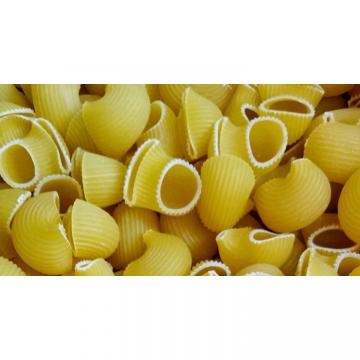

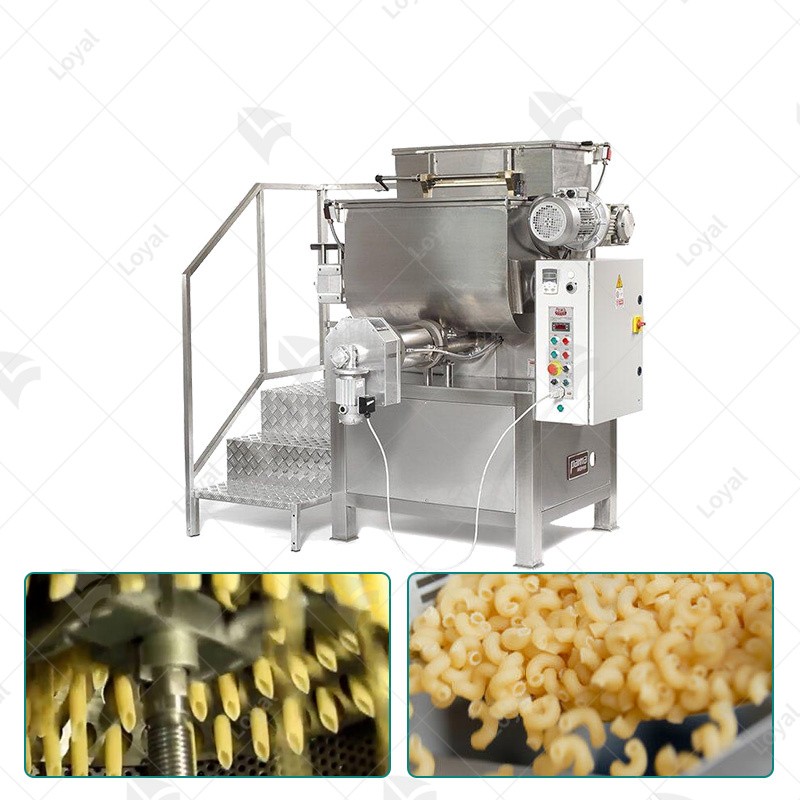

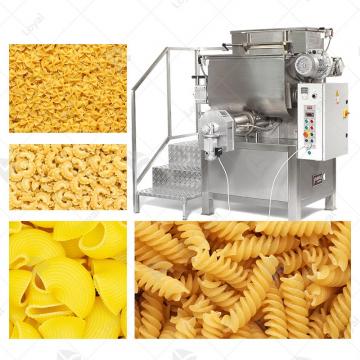

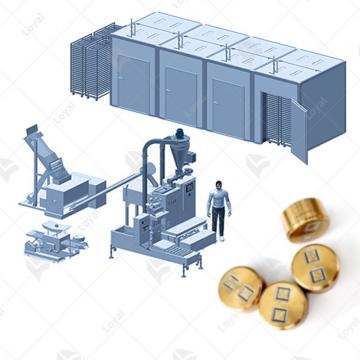 Combined Pasta Machine
Combined Pasta Machine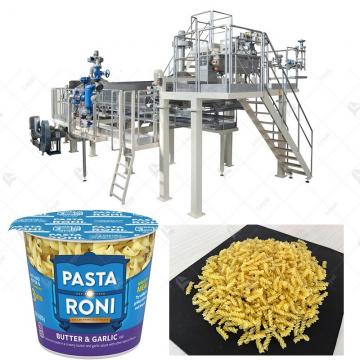 Instant Pasta Production Line
Instant Pasta Production Line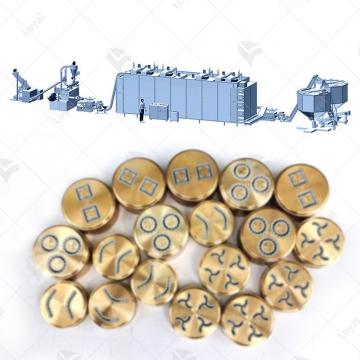 Macaroni Pasta Production Line
Macaroni Pasta Production Line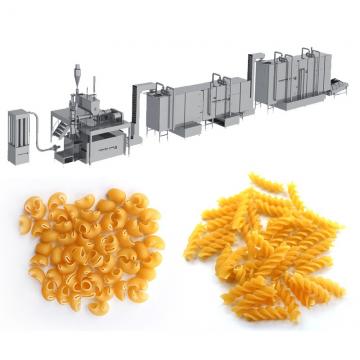 Vacuum Extruder Pasta Machine
Vacuum Extruder Pasta Machine